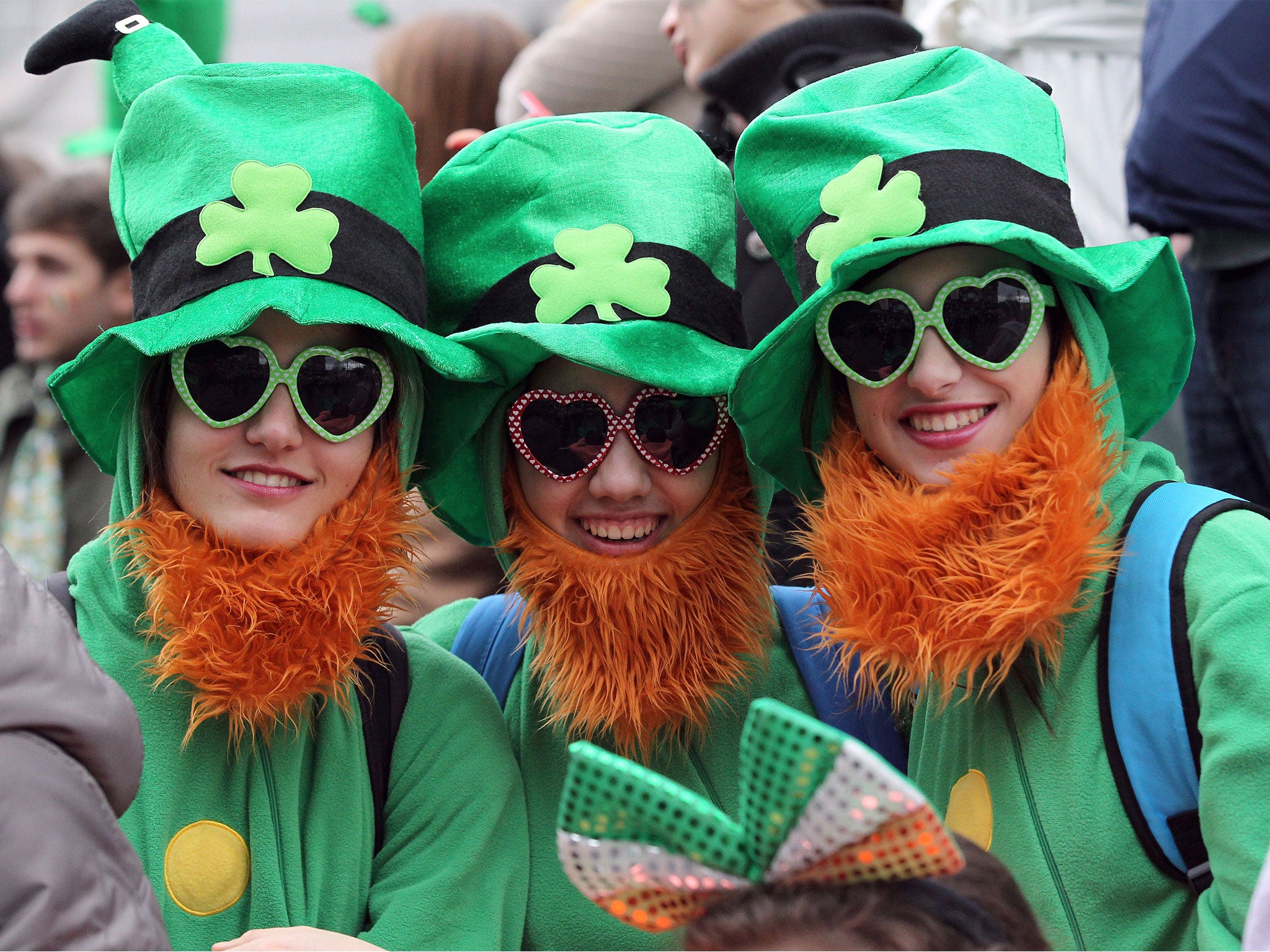St Patrick's Day: Who was Saint Patrick and how did Ireland's patron saint go global?
Millions celebrate St Patrick's every every around the globe

Today’s Google Doodle celebrates St Patrick’s Day. But aside from drinking a lot of stout, wearing green and having a party, what is the feast day of Ireland’s patron saint really about?
Who was Saint Patrick?
The patron saint of Ireland brought Christianity to Ireland. He is believed to have died on 17 March sometime in the 5 century (some scholars place his death in AD 461) but the modern origin of the festival now celebrated globally stems from the 17 century. It was designated a religious feast day after the Vatican officially recognised the date in 1631.
Where is it celebrated?
It is an official public holiday in the Republic of Ireland, Northern Ireland, the Canadian province of Newfoundland and Labrador, and the British Overseas Territory of Montserrat.
However, as anyone who likes a drink will know, St Patrick’s Day is celebrated far more widely.
Galicia, a small region in Spain, has some interesting links to Ireland. There is a body of historical evidence that indicates Ireland was by the Gaels, from the Iberian Peninsula.
How is it celebrated?
Frequently by drinking far too much of the black stuff, often referred to as Guinness. According to Diageo, the global drinks firm that owns and distributes the inky drink, more than 13 million pints are consumed world-wide every St Patrick’s Day. That’s a lot of stout.
When did it become the all-singing, all-drinking party?
Not until fairly recently. It wasn’t even an Irish public holiday until 1904, although the Irish elites did celebrate in the latter half of the 19 century with an annual ball held in Dublin castle – but for most ordinary folk it remained a quiet day. Until the mid-1960s many pubs remained closed on 17 March.
The holiday – as we know it today – stems in great part from the United States, rather than the emerald isle.
Is St Patrick’s Day is actually an American holiday?
Not exactly, but they can be credited with turning it into the party we know it as today.
The Charitable Irish Society of Boston organised the first US celebration of St Patricks in 1737 with a small (elite) dinner to celebrate the Irish saint. The concept of a parade was started in 1766 when Irish Catholic members of the British Army were permitted to march the streets of New York.
As increasing numbers of Irish migrants arrived on American shores, and were frequently characterised as dirty, diseased or drunken, the celebration became a chance for the migrant communities to showcase their national pride and praise both the spirit of their homeland and their new home.
By the mid-20 century, manufacturers realised the potential of the holiday and turned it into big business. Nowadays anyone with even the vaguest claim to Irish ancestry (approximately 34 million Americans) takes to the streets for parades, parties and pub crawls.
Join our commenting forum
Join thought-provoking conversations, follow other Independent readers and see their replies
0Comments